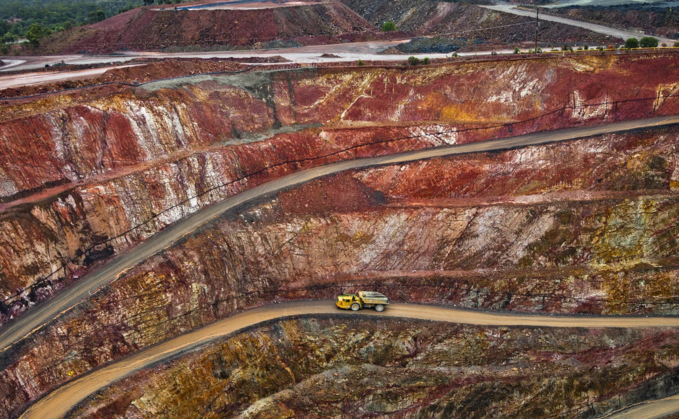
Commodity prices have climbed sharply since the 24 February invasion of Ukraine, especially for materials produced in Russia and Ukraine. That includes wheat, oil and natural gas, as well as other key metals such as aluminium, palladium and copper.
But prices were rising long before the start of the conflict, contributing to inflationary pressures not seen since the early 1980s. So, the crucial question for investors is: Are these price spikes sustainable?
"In the short term, the answer is no," says portfolio manager Lisa Thompson, "The market has overreacted, and we're already seeing prices come back down a bit. But, compared to where we were a year ago, commodity prices are significantly higher — and I do think that's a durable trend."
"Over the long term," Thompson adds, "prices are likely to remain elevated due to a number of factors, including rising demand, supply shortages and deglobalisation forces symbolised by the war in Ukraine and strained US-China relations. Higher prices should be expected in a world where free and open trade is in retreat."
From an investment perspective, this has clear implications for the metals and mining sector. It has been a neglected area of the market for more than a decade — even longer if you exclude the last major price spike during the 2008 global financial crisis.
For more on the prospects for commodities, read the full article on our dedicated inflation hub
Statements attributed to an individual represent the opinions of that individual as of the date published and do not necessarily reflect the opinions of Capital Group or its affiliates. The information provided is not intended to be comprehensive or to provide advice. Emerging markets are volatile and may suffer from liquidity problems.












